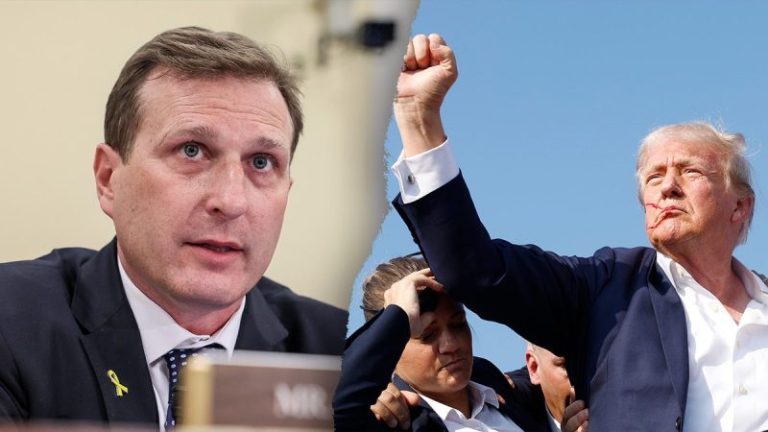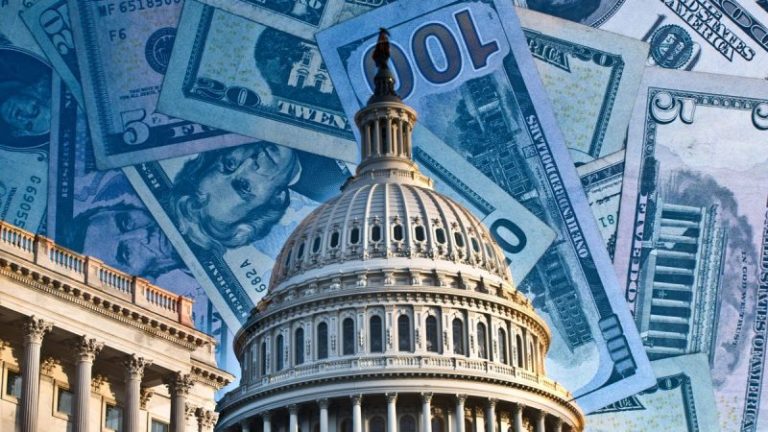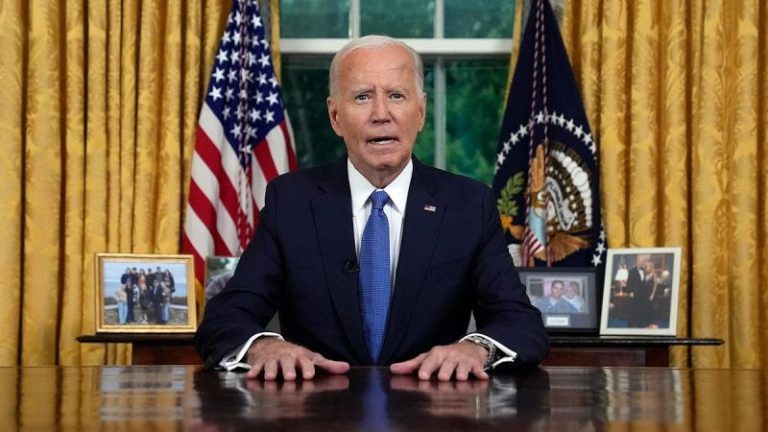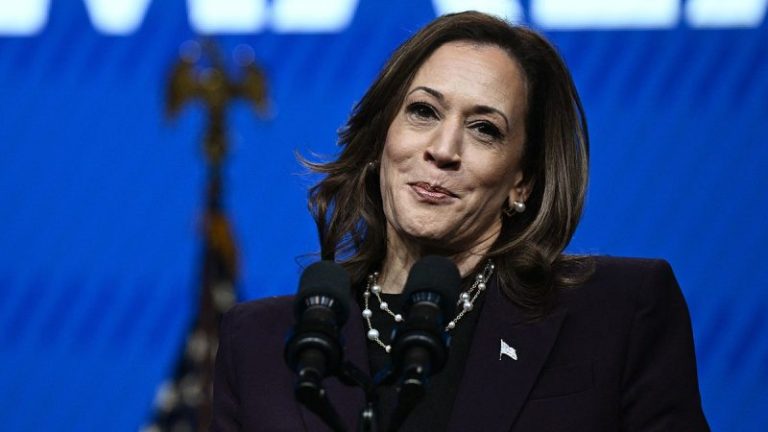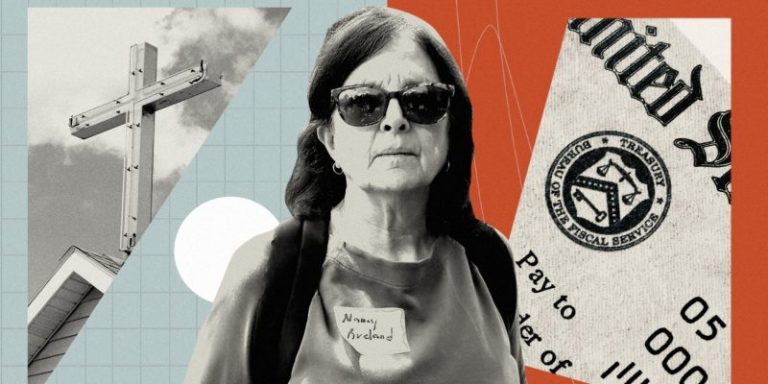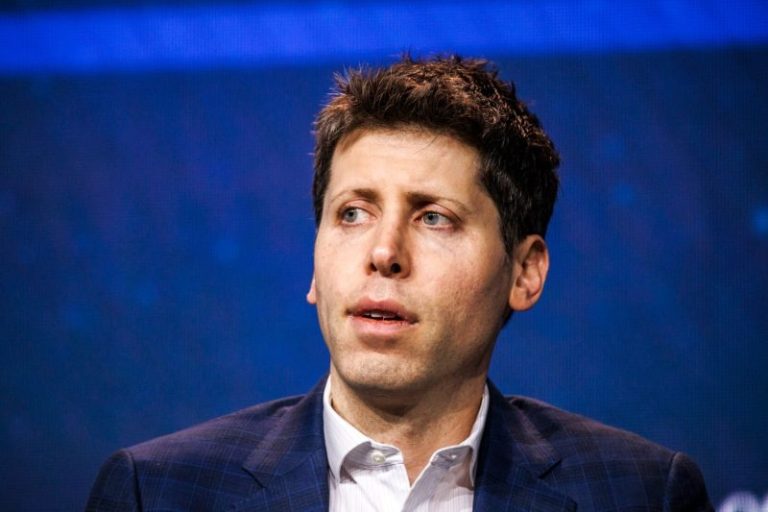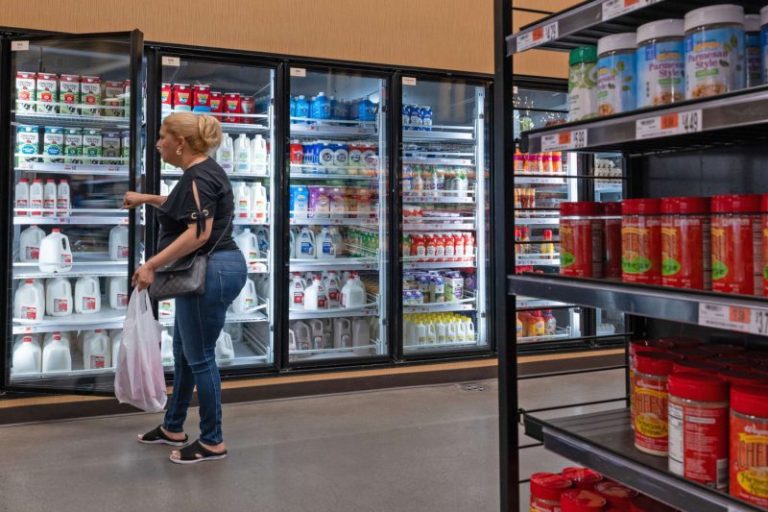The office of a House Democrat who played a prominent role in former President Trump’s first impeachment is now pushing back against GOP-fueled criticism that he should not be on the task force investigating the attempted assassination of the former president.
Rep. Dan Goldman, D-N.Y., who came under fire last year for saying that Trump ‘has to be eliminated,’ is among the Democrats being considered for a place on the bipartisan commission to study the July 13 shooting at Trump’s Butler, Pennsylvania, rally, a source familiar with the matter told Fox News Digital.
‘As someone with a lifelong commitment to democracy and the rule of law, Congressman Goldman immediately clarified a misstatement from last November to emphasize his strong condemnation of all political violence. The Congressman demonstrated with pointed questioning during congressional hearings last week that the Secret Service must be held accountable for its unacceptable security lapse, and he is determined to ensure such a failure never happens again,’ Goldman’s spokesperson Madison Andrus told Fox News Digital.
Goldman first came to national prominence as Democrats’ lead counsel during Trump’s first impeachment trial. He has remained a vocal Trump critic since coming to Congress in January 2023.
His potential placement on the commission has already invoked the ire of Trump allies since first being reported in Punchbowl News on Friday morning.
Among those leading the criticism is Donald Trump Jr., who recalled that Goldman had said that Trump needed to be ‘eliminated,’ in a November 2023 MSNBC interview, which Goldman has since apologized for.
‘Democrats are trying to put Dan Goldman on the committee to investigate the assassination attempt. Just weeks ago he called for DJT to be ‘eliminated.’ Probably not the best person to have on this task force,’ Trump Jr. wrote on X.
Goldman wrote on X in November 2023, ‘Yesterday on TV, I mistakenly used the wrong word to express the importance for America that Donald Trump doesn’t become President again. While he must be defeated, I certainly wish no harm to him and do not condone political violence. I apologize for the poor choice of words.’
Philip Letsou, deputy communications director for the Senate Republicans’ campaign arm, wrote on the site, ‘Democrats are evidently planning on stacking the task force to investigate the assassination attempt on Trump with conspiracy theorists like Dan Goldman.’
The House voted to establish the commission in a unanimous 416-0 vote last week. Speaker Mike Johnson, R-La., has said the panel will have seven Republicans and six Democrats, chosen by himself and House Minority Leader Hakeem Jeffries, D-N.Y., respectively.
As of Friday morning, Jeffries’ office told Fox News Digital that no final decisions had been made.
But a second source who spoke with Fox News Digital said that another possible contender is Rep. Glenn Ivey, D-Md., who served as State’s Attorney for Prince George’s County for nearly a decade from 2003 until 2011, before coming to Congress in 2023.
On the GOP side, a senior Republican lawmaker told Fox News Digital that ‘it seems like half our members want to be on the task force.’
A third source who spoke with Fox News Digital said that Rep. Mike Kelly, R-Pa., was in strong consideration to play a prominent role on the panel. Kelly, whose district the shooting took place in, was present when the shooting occurred.
Kelly was also the leader of the resolution establishing the task force that passed the House this week.

